- Written By Team DWS
- Birthstone Jewelry
- August 12, 2024
The Beauty and Significance of the August Birthstone: Peridot
When discussing the world of gemstones, few have the allure and mystique of birthstones. Each month has its unique gem, a symbol of birth, personality, and sometimes even a protective talisman. For those born in August, the vibrant green gem known as Peridot stands out as the official birthstone. This article delves into the beauty, history, folklore, and unique qualities of Peridot, making it a cherished gem among august celebrants and gemstone enthusiasts alike.
-dws638590238345204690.jpg)
The Essence of Peridot
Peridot is a popular gemstone known for its striking green color, which spans shades from vibrant yellow-green to deep olive and richer green tones. Chemically, it is a magnesium iron silicate, specifically a mineral belonging to the olivine group. Its beautiful coloration is due to the presence of iron in varying amounts. One of the most fascinating aspects of Peridot is its formation; it is one of the few gemstones that can form in volcanic rock, which further enhances its mystique and earthly appeal.
Although Peridot can be found in several locations across the globe, the most famous deposits are located in the Zabargad Island of Egypt, the United States (especially in Arizona), Myanmar, and Brazil. The unique geologic conditions that produce Peridot make it a rarity compared to other gemstones.
The Origins of the Name
The origins of the name "Peridot" are somewhat nebulous. Some sources suggest that it is derived from the Arabic word "faridat," which means "gem." Others propose a connection to the French term "peritot," which indicates a gem with rich colors. Regardless of its etymology, the name Peridot has become synonymous with the enchanting green stone we know today.
The Historical Context of Peridot
Throughout history, Peridot has been shrouded in lore and legend. Ancient Egyptians referred to Peridot as the "gem of the sun," attributing its vibrant green hue to the light of day. They believed it had protective qualities, safeguarding against evil spirits and bringing good fortune. It was also thought that the gemstone had a calming effect and could help in overcoming fear, which is why it was used in amulets and talismans.
In addition to its associations with the Egyptians, Peridot has historical roots in other cultures. The ancient Romans prized the gemstone and often used it in jewelry. Pliny the Elder, a Roman author and naturalist, even wrote about the gem, praising its unique hue and ease of use in cutting and shaping.
The Gemstone's Chemical Composition and Physical Properties
Understanding Peridot's composition can deepen our appreciation for its beauty. Peridot is primarily composed of two silicate minerals: forsterite and fayalite. The proportion of iron to magnesium gives rise to the gemstone's beautiful green colors. When the iron content increases, the color deepens, creating vibrant green shades that are highly sought after in the jewelry market.
In terms of physical properties, Peridot is categorized as a relatively durable gemstone. It has a rating of 6.5 to 7 on the Mohs scale of hardness, making it suitable for daily wear but requiring some caution to avoid scratches and abrasions. The crystal structure is orthorhombic, which means it forms in a particular geometric shape, resulting in unique faceting possibilities for jewelers.
The Spiritual and Metaphysical Properties
For centuries, Peridot has held a significant place in the world of metaphysics and spirituality. Many believe that it embodies a sense of renewal and is associated with growth and prosperity. It is thought to carry vibrations of love, compassion, and balance. Those who believe in the metaphysical properties of gemstones often use Peridot to foster emotional clarity and personal growth.
One of the most notable characteristics attributed to Peridot is its ability to promote positive change. It is often referred to as a stone of abundance, believed to help manifest wealth and prosperity while removing negative energy. In the realm of emotional healing, Peridot is said to alleviate feelings of jealousy, anger, and resentment, making way for positive relationships and emotional harmony.
Birthstone Significance and Zodiac Associations
As the birthstone for August, Peridot is associated with individuals born during this month, symbolizing strength and resilience. Those born under the zodiac signs of Leo (July 23 – August 22) and Virgo (August 23 – September 22) are particularly connected to the energies of Peridot. It is commonly believed that wearing Peridot can enhance the positive traits of these zodiac signs, bringing good fortune and protection. In addition to its astrological connections, Peridot is also celebrated in various cultures for its associations with the sun and light, often symbolizing vitality, healing, and growth.
August's birthstone is the vibrant peridot, often associated with brightness and positivity. This gemstone is typically a vivid green hue, symbolizing growth, renewal, and prosperity. In ancient times, peridot was believed to hold protective properties, guarding against negativity and bringing peace to the wearer. Astrologically, peridot aligns with the zodiac signs of Leo and Virgo, enhancing characteristics like confidence, strength, and meticulousness.
Additionally, it's thought to promote emotional balance and inspire creativity, making it a favored choice for those born in August. The stone’s warm color and rich history continue to captivate, embodying a spirit of vitality and optimism.
Here are some frequently asked questions (FAQs) regarding the August Birthstone, which is peridot:
1. What is the August birthstone?
The birthstone for August is peridot, a beautiful green gemstone that is unique for its bright color and association with light.
2. What are the characteristics of peridot?
Peridot is known for its olive green color, which can range from a yellow-green to a vivid green. It is a gem-quality variety of the mineral olivine and has a Mohs hardness rating of 6.5 to 7.
3. What are the benefits or meanings associated with peridot?
Peridot is said to bring good fortune and prosperity. It's also associated with qualities like protection, a sense of peace, and balance. In some cultures, it was believed to ward off negativity and enhance one's emotional well-being.
4. How can I care for my peridot jewelry?
To care for peridot jewelry, clean it with mild soap and warm water. Avoid harsh chemicals or ultrasonic cleaners, as they can damage the stone. Store peridot away from harder gemstones to prevent scratches.
5. What is the history of peridot?
Peridot has been used as a gemstone for thousands of years, dating back to ancient Egypt, where it was prized for its beautiful color. It is sometimes referred to as the "gem of the sun."
6. Where is peridot found?
Peridot is primarily found in volcanic rocks and can be sourced from locations such as the United States (Arizona), China, Myanmar, and Pakistan.
7. Are there any other stones associated with August?
Besides peridot, the alternative birthstones for August include spinel and sardonyx, which also have their own unique properties and meanings.
8. What colors do peridot gemstones come in?
While the most common color is a bright olive green, peridot can also exhibit a yellowish-green hue depending on the mineral composition and origin.
9. Can peridot be given as a gift for special occasions?
Yes, peridot makes a lovely gift for birthdays, anniversaries, and other significant occasions, particularly for those born in August. It is also sometimes used to celebrate the 16th wedding anniversary.
10. Is peridot suitable for everyday wear?
While peridot is durable, it is softer than other gemstones and can be susceptible to scratches or damage. It is best to wear with care, especially in rings or bracelets that may endure more wear.
Hopefully, these FAQs help you understand the beauty and significance of peridot, the August birthstone! If you have more specific questions, feel free to ask!
Popular on Blogs
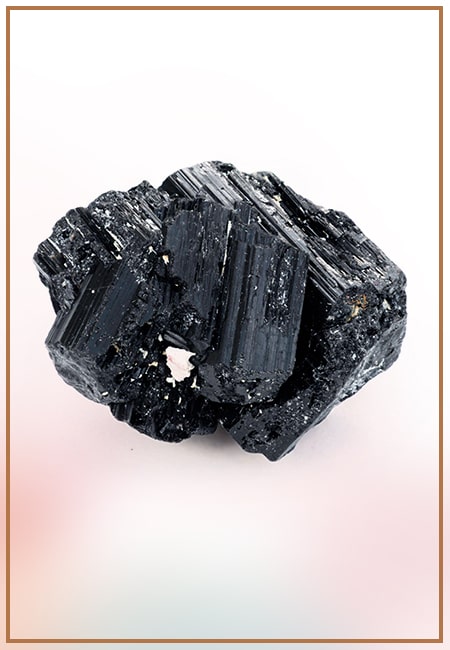
Black Tourmaline: Meaning, Healing Properties, Fascinating Facts, Powerful Attributes, Versatile Uses, and Beyond
September 05, 2023 / BY Team DWS
Black Tourmaline, also known as Schorl, is a highly revered crystal with incredible metaphysical properties. It derives its name from the Dutch word "turamali," meaning "stone with ..
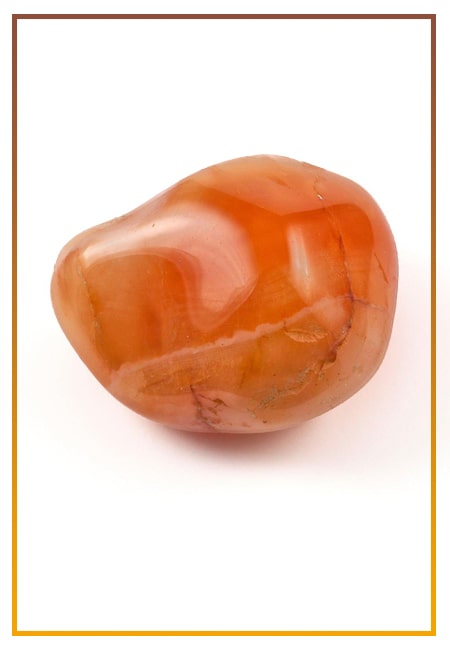
Carnelian Stone: Meaning, Healing Properties, Power, Facts, Color, Uses and More
December 26, 2023 / BY Team DWS
Carnelian is a vibrant and captivating gemstone that holds a plethora of meanings, healing properties, and powers. Its warm and fiery energy makes it a popular choice among crystal ..
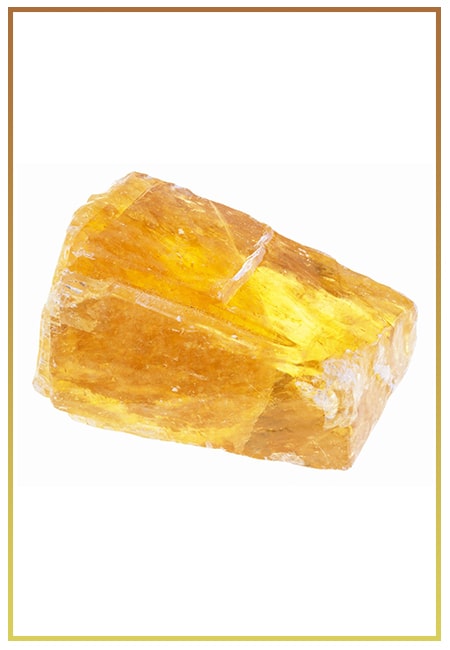
Citrine: Exploring its Meaning, Healing Properties, Fascinating Facts, Powers, Versatile Uses, and Much More
November 18, 2023 / BY Team DWS
Citrine, with its warm golden hues, has captured the attention and imagination of people for centuries. This beautiful gemstone, commonly associated with wealth and prosperity, hol ..
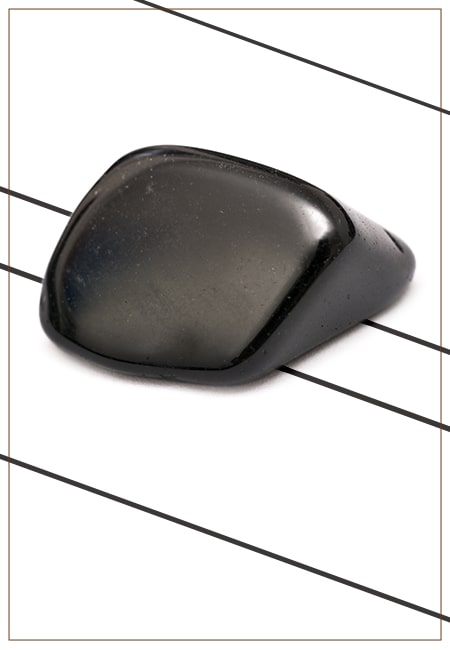
Black Onyx: Unveiling the Meaning, Healing Properties, Fascinating Facts, Powerful Attributes, Versatile Uses, and Beyond
July 25, 2023 / BY Team DWS
Black Onyx, a striking gemstone admired for its deep black hue and elegant appearance, has captivated people for centuries. In this comprehensive guide, we will delve into the mean ..

Unveiling the Mysteries of Turquoise Stone: Exploring its Meaning, Healing Properties, Power, Facts, Color, Uses, and More
December 05, 2023 / BY Team DWS
Turquoise, with its captivating blue-green hue, has been adorning jewelry and artifacts for centuries. This striking stone has a rich history, rich symbolism, and a plethora of int ..
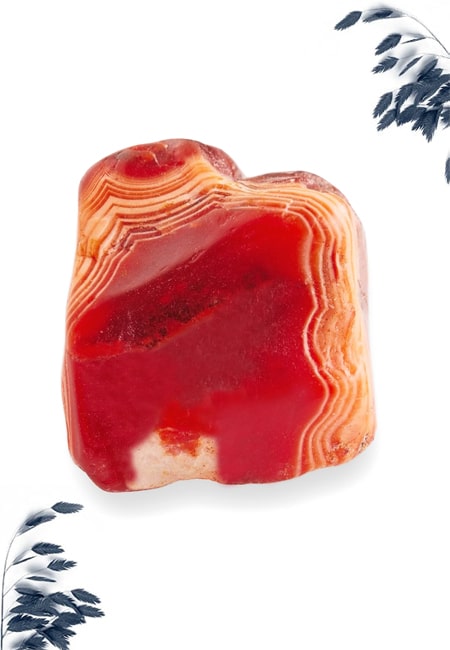
The History Behind The Popularity of Red Agate
December 23, 2022 / BY Team DWS
An Agate is a type of magma rock that takes many years till it is washed out naturally into the water. And that is the reason this stone has elements of water. This beautiful stone ..

Plan a Perfect Valentine's Week with Our Valentine Week List 2025
January 22, 2024 / BY Team DWS
Valentine's Day is undoubtedly the most romantic day of the year, but we believe that one day is just not enough to express your love and make your partner feel special. That's why ..

Bloodstone: Unveiling the Meaning, Healing Properties, Facts, Powers, Uses, and More
August 21, 2023 / BY Team DWS
Bloodstone, with its captivating deep green color with specks of red, is a mesmerizing gemstone that has fascinated civilizations for centuries. It possesses unique healing propert ..


